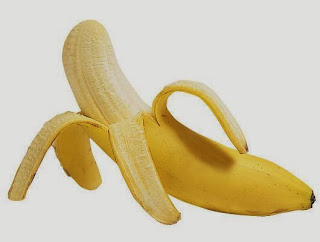Mattuthavani is the name of a place in
Madurai… the name probably originated from the sale activities of cattle… now
there is an integrated bus stand purportedly the second largest bus terminus
next only to Koyambedu bus terminus in Chennai.
Be it Zoos or in Nature –
the National bird of India
Peafowl are two Asiatic and one
African species of flying bird in the genus Pavo of the pheasant family,
Phasianidae, best known for the male's extravagant eye-spotted tail covert
feathers, which it displays as part of courtship. The male is called a peacock,
the female apeahen, and the offspring peachicks. The Indian Peafowl or Blue
Peafowl (Pavo cristatus) is a large and brightly coloured bird of the pheasant
family native to South Asia . These stiff and elongated feathers of the
male are raised into a fan and quivered
in a display during courtship. These birds forage for berries, grains but will
also prey on snakes, lizards, and small rodents. Their loud calls make them
easy to detect, and in forest areas often indicate the presence of a predator
such as a tiger.
Peacocks are polygamous, and the
breeding season is spread out. They lay eggs which are incubated by female –
the chicks are taken care of by the mothers.
Peacock eggs take between 28 and 30 days to incubate and hatch. At this stage and when their young they could
fall prey to predators.
Here is something translated from an
interesting report read in ‘Dinamalar’….. the Mattuthavani bus stand systematically replaced the
Palanganatham and old bus stands of Madurai
Dinamalar reports that
at Mattuthavani lake area – in the house of an advocate of the High Court by
name R Gandhi – something different was noticed. In the fully grown vegetations in vacant
lands, lot of peafowls used to assemble and some dogs were seen circling a
place, where some eggs were found. Mr R
Gandhi and his team of advocates saw 7 eggs and were concerned of its
safety. They prepared a sandbucket,
kept those eggs found and kept an electric bulb too. In a couple of days, from two eggs peacocks
came out and they hatched the other eggs too, in the same fashion. Those chicks that came out were fed glucose
through ink-fillers.
Now the peafowl chicks
are happily playing with small kids over there.
They plan to grow them a little bigger and release them into the wild
with the help of Forestry Department to ensure their safety.
With regards – S.
Sampathkumar
28th Nov. 2013






























